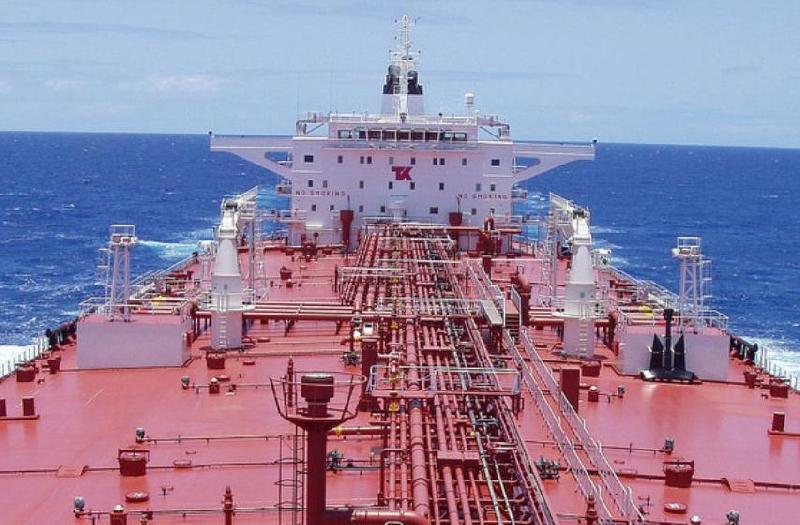By Akanimo Sampson
With the first half of this 2019 plagued by increased net tanker fleet growth, and a higher than expected refinery maintenance, it appears things are not going to be all that rosy for tanker owners.
It seems, the tanker fleet is set for a period of much lower fleet growth over the next two years due to a relatively small orderbook. Currently, the tanker orderbook totals 53 mdwt, or 8.7 percent of the existing fleet size, which is the lowest tanker fleet-to-orderbook ratio since early-1997.
Some analysts are of the view that fleet growth could be further offset by an increase in vessel off-hire time in the coming months as ships are taken out of service for scrubber retrofitting in anticipation of the International Maritime Organisation (IMO) 2020 regulations.
As a result, lower fleet growth levels are expected in the second half of the year, with continued low fleet growth during 2020. Concisely, the tanker market is currently at a seasonal low point, which is compounded by some near-term factors.
“However, the fundamentals continue to point towards a stronger tanker market during the latter part of 2019 and into 2020 due to a tighter tanker supply / demand balance”, ship owner Teekay Tanker said.
Teekay Tanker remains optimistic on the future. In a recent analysis the ship owner said, ‘’crude tanker spot rates declined during the second quarter of 2019 compared to the first quarter of 2019 primarily due to seasonal factors, as well as some near-term headwinds which have continued into the beginning of the third quarter.’’
Teekay is the largest operator of mid-sized tankers including suezmax, aframax, and long range two (LR2) vessels. “We take pride that the Teekay logo on our funnel is an industry-respected symbol of quality. No matter where oil is produced or where it needs to go, we get it there safely and reliably.
“As a true owner we manage our vessels directly through in-house ship management, employing over 2000 men and women aboard our fleet. We demonstrate our commitment to safety, quality and environmental stewardship through industry leading performance in our safety, vetting and pollution metrics,’’ the company boasted on its website.
Lower Organisation of Petroleum Exporting Countries (OPEC) oil production has impacted crude tanker demand during the first half of 2019, with OPEC crude oil production down by around 2.5 million barrels per day (mb/d) since November 2018.
Informed oil watchers say this reduction is due to both over-compliance with the 1.2 mb/d of supply cuts announced in early-2019 and reduced volumes from Iran and Venezuela due to US sanctions.
In addition, Teekay Tanker has noted that the elimination of Venezuelan oil shipments to the US has resulted in a reduction in shipping activity in the US Gulf / Caribbean Aframax market. Furthermore, at its most recent meeting, OPEC decided to extend production cuts through to March 2020 in an effort to reduce global oil inventories and support oil prices.
Adding, the ship owner said, “Tanker rates have also been impacted by heavier than normal refinery maintenance in the first half of the year as refiners prepare for the upcoming IMO 2020 regulations. According to the IEA, global refining throughput fell by 0.7 mb/d year-on-year in the second quarter of 2019, the largest annual decline in 10 years. This led to reduced crude tanker demand, which has carried over into the early part of the third quarter.
“Finally, the first half of 2019 saw relatively high tanker fleet growth of 20.5 million deadweight tonnes (mdwt), or 3.5 percent, which was the highest level of fleet growth in a six-month period since the first half of 2011. This high fleet growth was a result of a heavy newbuilding delivery schedule since the start of the year and a lack of tanker scrapping, with just 2.7 mdwt of vessels removed in the first half of the year compared to 21.5 mdwt for the full year of 2018.
“Despite some near-term headwinds, the tanker market fundamentals continue to support a market recovery in the latter part of the year and into 2020. First, refinery throughput is expected to increase significantly in the coming months as refiners ramp up activity in order to produce sufficient low sulphur fuels ahead of the impending IMO 2020 regulations.
“According to the IEA, global refinery throughput is estimated to increase by over 3 mb/d in the third quarter of 2019 compared to the second quarter, which is expected to be positive for crude tanker demand. The new IMO 2020 regulations could create additional volatility for the tanker market through new trade patterns and arbitrage movements, floating storage demand, and a potential increase in port congestion as the market adjusts to the change.’’
From the look of things, the second half of the year is likely to see an increase in US crude oil exports as new pipeline infrastructure is coming online that will allow more Permian Basin shale oil to reach the US Gulf coast.
US crude oil exports have averaged 2.8 mb/d in 2019 to date, up from 2.0 mb/d last year. Further increases are however, being hampered by a lack of pipeline capacity to the Gulf coast. This is expected to be alleviated in the coming months when three large pipelines with a combined capacity of around two mb/d are planned to come online, allowing US crude exports to increase significantly.
Hopefully, this is expected to be positive for mid-size tanker demand due to both direct exports to Europe on Aframax and Suezmax tankers, and increased Aframax lightering demand for transportation on Very Large Crude Carriers (VLCCs) to Asia.

